All about personal protective equipment for the welder
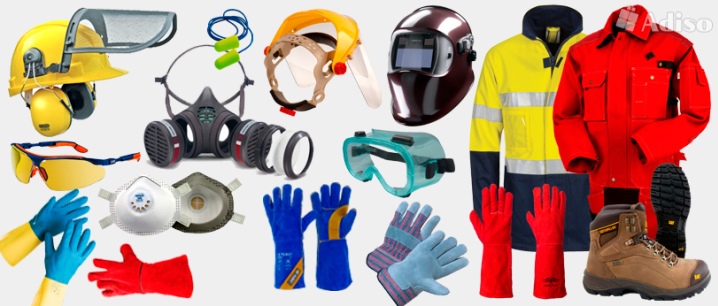
Welding work is an integral part of construction and installation. They are carried out both in small-scale production and in everyday life. This type of work is characterized by an increased degree of danger. In order to prevent various injuries, the welder must not only undergo appropriate training, but also acquire all the necessary personal protective equipment.
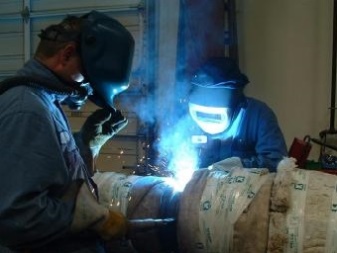
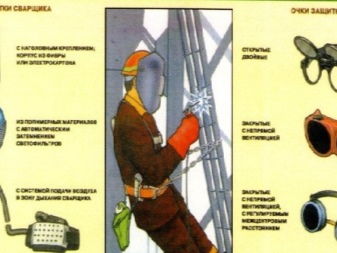
Peculiarities
There are standard norms that govern the issuance of free ammunition to welders. These rules have been developed and approved, they are binding. If work in the cold season is carried out outdoors or indoors without heating, welders should be provided with a warm set of clothing with a special lining. To protect workers from frostbite when in contact with frozen ground or snow, special mats are used, made of refractory fabrics with an elastic layer.
To protect hands, GOST offers several options. These are tarpaulin mittens with or without leggings. The second option is split leather mittens, which can also be elongated. As special footwear, it is allowed to use semi-boots made of leather or other leather. It is important that special shoes have shortened tops.
You cannot work in shoes with metal inserts in the sole, and any lacing is also prohibited.
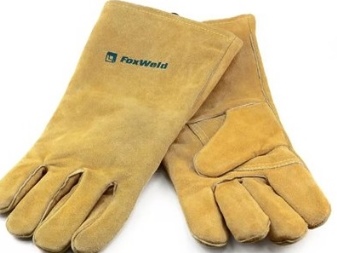
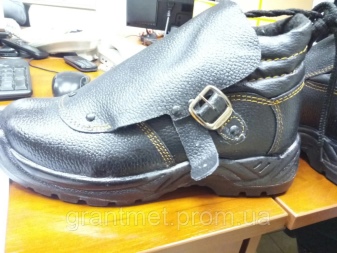
If there is a danger of electric shock during work, the welder must wear dielectric gloves and a mat when sitting or lying down. These requirements apply to especially dangerous premises and places where there is no automatic shutdown of the open circuit voltage.
The management of the enterprise is also obliged to assess the workplaces in terms of the risk of head injury. To avoid injury, professionals must wear helmets. For greater convenience, there are special helmets with a protective shield. When there is a simultaneous welding work by several workers on the same vertical line, it is necessary to install protection between them: awnings or blank decks. Then sparks and cinders will not fall on the welder located below.
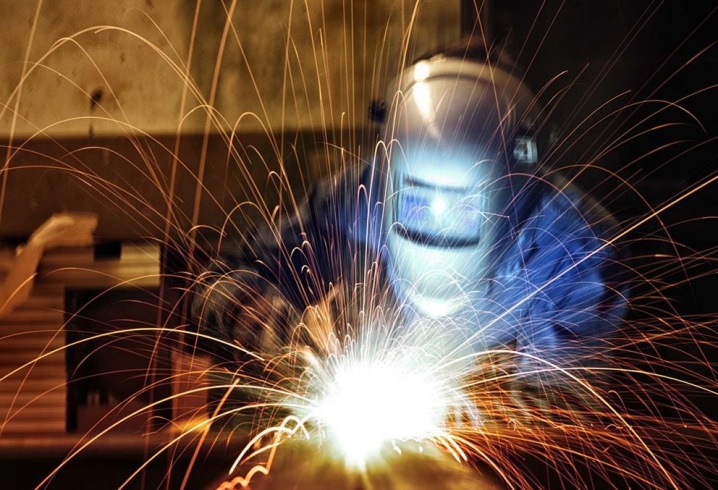
Mask and respirator
The need to use satellites for the respiratory system arises when the maximum permissible concentration of hazardous substances in the air is violated in the room. Gases such as ozone, nitrogen oxides or carbon oxides can accumulate during welding. There are situations when the amount of harmful gases is lower than the dangerous one, while the concentration of dust exceeds the norm. In these cases, reusable dust masks are used to protect the respiratory system.
When the concentration of gases and dust exceeds the permissible limits, and the work takes place in a closed room or hard-to-reach place (for example, a huge container), welders must be provided with an additional supply of air through breathing devices. As such, it is recommended to use hose gas masks "PSh-2-57" or special breathing machines "ASM" and "3M".
The air supplied to the breathing apparatus through the compressor must be absolutely clean. It must not contain foreign particles or hydrocarbons.
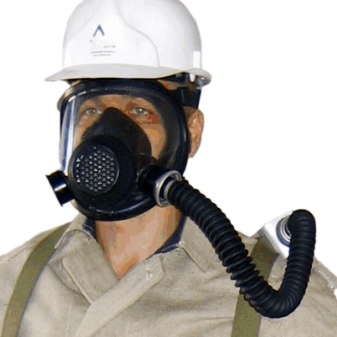

The eyes of welders must be protected from the harmful radiation of the electric arc, as well as from the hot splashes that occur during welding. For protection, various shields with a screen and masks with glass inserts are used. For such categories of personnel as a gas cutter or an auxiliary worker, the use of special glasses is applicable.
The glasses completely cover the eye area and provide indirect ventilation. They are designed to protect the retina from ultraviolet radiation. Ancillary workers must also wear special glasses. Glasses are often equipped with light filters, thanks to which ultraviolet and infrared rays do not affect the retina of the eyes, they do not blind the eyes from visible radiation.
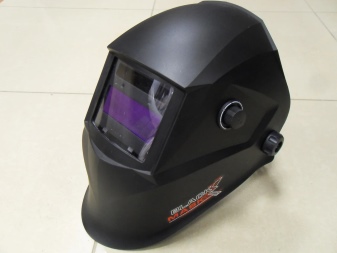
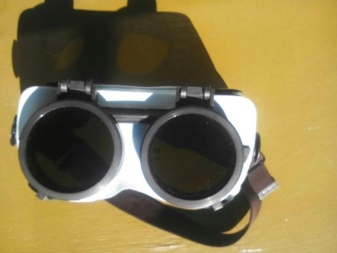
clothing
GOST contains standards for protective materials. Welders are shown to be at work in suits, consisting of a jacket and trousers belonging to the category "Tr", which means protection against splashes of molten metal. In the cold season, employees are supposed to wear protective clothing "Tn". It is specially designed to protect against cold and frost. For example, "Тн30" means that the suit can be used at temperatures up to 30 ° С.
Usually a work suit is a jacket and trousers. It must be sewn in accordance with GOST, not too heavy and restrict movement.
Clothing specially designed for welding work is always marked with the "Tr" sign.
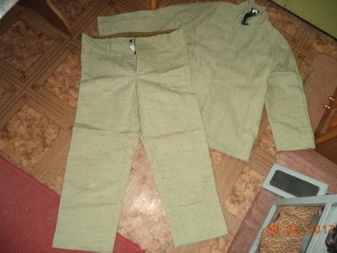
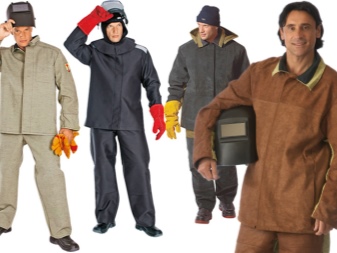
This means that the fabric of the garment does not deteriorate or ignite from glowing sparks. Most often, a tarp or leather is taken for sewing. The material is treated with special heat-resistant substances.
Lighter cottons are acceptable. However, they must be thoroughly impregnated with a chemical compound that protects against high temperatures. Polymeric materials are applied to the skin to make it fire resistant. Acrylic resins are used for their manufacture. The resulting split must be able to withstand high temperature conditions for at least 50 seconds.
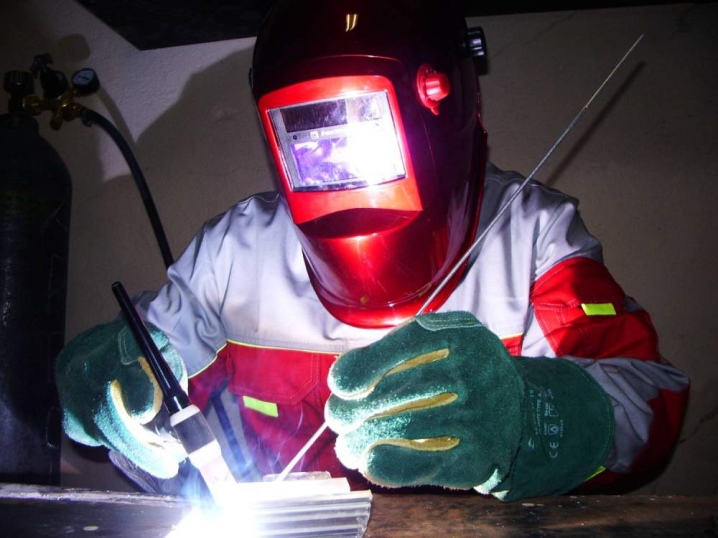
Shoes
According to GOST 12.4.103-83, in the warm season, welders must wear leather boots marked "Tr". The toes of these boots are made of metal. They are designed to protect against splashes of burning metal and sparks, as well as against contact with hot surfaces. In winter, felt boots are worn for welding.
All shoes must be made from natural materials. In addition, it is covered with a refractory chemical composition that cannot be burned through with hot metal splashes.

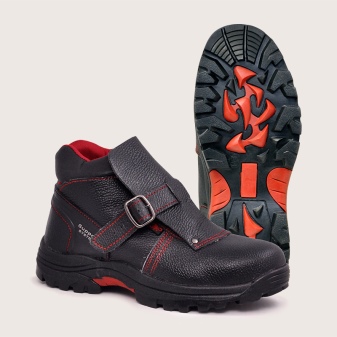
How to choose?
Side effects such as burning sparks and pieces of metal occur during welding. Therefore, materials must be resistant to prolonged exposure to high temperatures. Melting, which can lead to skin burns, is unacceptable.
Safety precautions prohibit welding without special shoes. Here, too, special attention is paid to materials. As the hot splashes fall to the floor, the soles of the boots must withstand high temperatures.
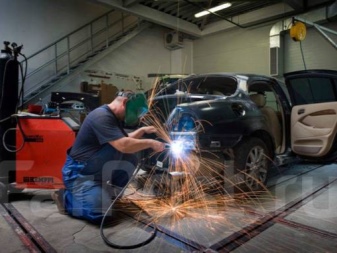

What should be the welder's protective equipment, see the video.













The comment was sent successfully.